Vent-A-Hood Ductless ARS range hood Update
bookssy
13 years ago
Featured Answer
Comments (198)
saminac
2 years agowick158
2 years agoRelated Discussions
Ductless Range Hood
Comments (2)How do you define "good" for a ductless rangehood? Maybe keeping down the potential grease accumulation in a heat recovery ventilation system for a very tight house? A few years back, the U.S Lawrence Berkeley Laboratory published a detailed study on range hoods and indoor air quality under sponsorship from my former employer, the U.S. Dept. of Energy. Can't find the study at the moment -- just a description of some of the results in this NY Times article from 2013. The gist of the tests on recirculating hoods was that the lead scientist called the basic recirculators "forehead greasers." The topic has come up from time to time here over the last few years. As best I can recall of the previous threads here on recirculating hoods here, folks did find the Vent-A-Hood ARS ("air recovery system") models do a good job at actually filtering air, steam and grease. [Here's a link to one long running thread[(https://www.houzz.com/discussions/vent-a-hood-ductless-ars-range-hood-update-dsvw-vd~2347276) that discusses them favorably. Unfortunately, these only come with a stainless finish, AFAIK, and they are also pretty expensive. Maybe somebody here has found something that works better than most for less expense than the ARS?....See MoreDuctless build-in range hood - does it exist at all?
Comments (11)To do a wood surround like that, your Kitchen Designer will need to duct the air flow generated by the insert to somewhere. You’ll need a duct and exhaust grate similar to a HVAC return, positioned either at the top of the hood, or ducted 90 degrees through a wall into an adjacent pantry or utility room. Since tecirculating does not typically provide the air flow that a ducted hood can provide, you will also end up with more effluent on the surround and cabinets. That means more frequent cleaning, and the possibility of damage to all of the surrounding wood surfaces over time. That is why that most who need to do recirculating end up with a stainless under cabinet hood or stainless chimney hood, as it will withstand the care regimen better over time. Function rules over form. Be sure that the hood capture area is wider and deeper than the cooking zone below, as that will help with capture and cleaning both. Finally, consider the scale of the kitchen and ceiling height both when designing the kitchen. Most large mantle hoods appear overbearing in a smaller kitchen with a shorter ceiling. A 30” range often appears dwarfed by the typical proportions needed for a mantle hood. Be very careful here, and be sure that your KD helps you to visualize this through their software. It’s a pretty significant upgrade expense over a stainless hood, and you do not want to have regrets....See MoreCan I use Range Hood without vent i .e. in recirculation?
Comments (2)First, study the VaH ARS system to gain insight into what is possible. Lesser cost recirculating systems likely exist, but haven't been reported on here for how well they approach external ventilation in capture and containment performance. https://www.houzz.com/discussions/2347276/vent-a-hood-ductless-ars-range-hood-update#n=65...See Moreneed help planning a range hood and external venting system
Comments (24)In this forum there are historical threads with gas cooking lovers dueling with induction cooking lovers. It may be useful to find and read them. Other than looking different, reusing older pans, and directly flambéing peppers or marshmellows, there is little that a gas cooktop can do that an induction cooktop can't do, and the induction cooktop can normally beat gas at bringing a given quantity of water to a boil. You would need to upgrade wiring if it is presently insufficient. As noted, induction is a better choice when doing recirculating "ventilation." So far as we know here, the Vent-a-Hood ARS system is the only one that has been well received and more helpfully reported on by its owner. However, there are likely to be offerings from Wolf and Broan/NuTone/Best to consider. See https://www.houzz.com/discussions/2347276/vent-a-hood-ductless-ars-range-hood-update#n=65 On top of these basic issues is the hood size. If the hood front-to-back distance is enough to capture front burner/hob cooking plumes, it needs to be somewhat higher than 30 inches for good sight lines to the contents of back burner pots and pans, depending on the tallest cook's height. I recommend drawing a side view of the cooktop, counter, and hood and imposing a stick figure cook that can bend at the waist. Note sight lines and head impacts for various hood size and mounting height options. Your small cabinets above the microwave oven may need to be removed for some solutions. In particular, the ARS filter stack rises into that area....See Morekaseki
2 years agowick158
2 years agoregbob
2 years agowick158
2 years agolast modified: 2 years agoregbob
2 years agowick158
2 years agoRuss
2 years agoregbob
2 years agowick158
2 years agolast modified: 2 years agoregbob
2 years agowick158
2 years agoregbob
2 years agokaseki
2 years agokaseki
2 years agolast modified: 2 years agoHU-894709511
last yearMatthew D
last yearlast modified: last yearM
last yearkaseki
last yeargaryvp
last yearEileen
last yearopaone
last yearlast modified: last yeargaryvp
last yearMatthew D
last yearEileen
last yearkaseki
last yearEileen
last yearEileen
last yearregbob
last yearEileen
last yearPaul Madden
last yearlast modified: last yeardiabar
last yearkaseki
last yearNew York 7a
7 months agolast modified: 7 months agogaryvp
7 months agoregbob
7 months agoPaul Madden
7 months agoPaul Madden
7 months agoNew York 7a
7 months agokaseki
7 months agoPaul Madden
7 months agokaseki
7 months agoPaul Madden
7 months agogaryvp
7 months agoregbob
7 months agoVictor Battaglia
3 months agoFirst Last
21 days agokaseki
20 days agogaryvp
20 days ago
Related Stories
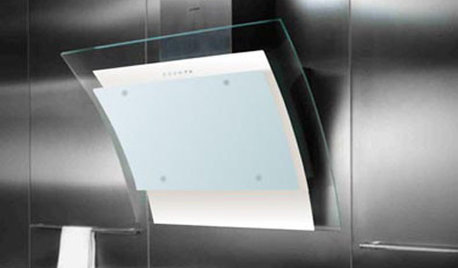
5 Stunning Modern Range Hoods
Today's kitchen range hoods can look like sleek sculptures. Here's what to look for when you go shopping for one
Full Story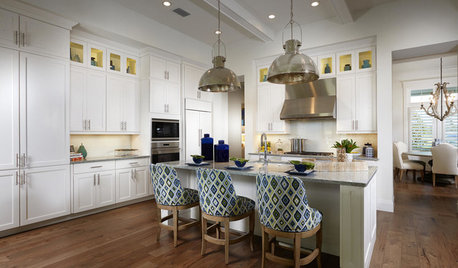
SHOP HOUZZShop Houzz: Large Kitchen Appliance Sale
Save up to 25% on modern ovens, ranges, cooktops, hoods, vents and more
Full Story0
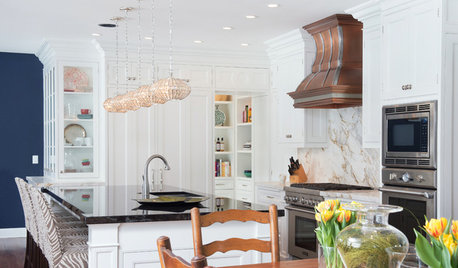
KITCHEN DESIGNWhat to Know When Choosing a Range Hood
Find out the types of kitchen range hoods available and the options for customized units
Full Story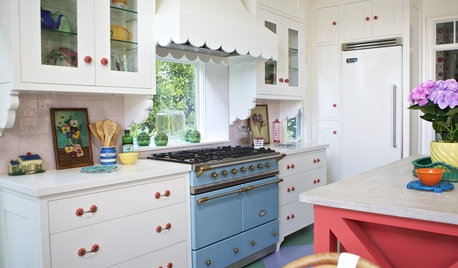
KITCHEN APPLIANCESThe Many Ways to Get Creative With Kitchen Hoods
Distinctive hood designs — in reclaimed barn wood, zinc, copper and more — are transforming the look of kitchens
Full Story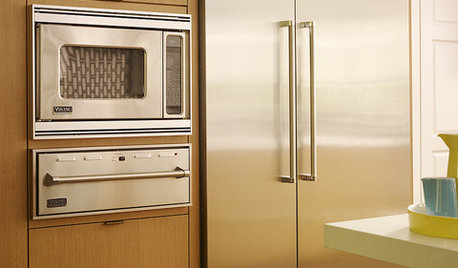
KITCHEN DESIGNA Cook’s 6 Tips for Buying Kitchen Appliances
An avid home chef answers tricky questions about choosing the right oven, stovetop, vent hood and more
Full Story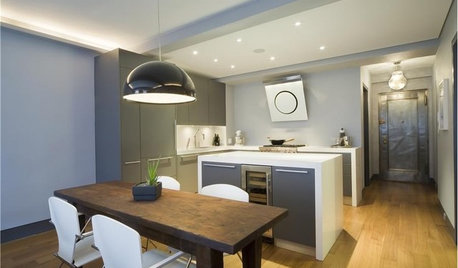
KITCHEN DESIGNHow to Choose the Right Hood Fan for Your Kitchen
Keep your kitchen clean and your home's air fresh by understanding all the options for ventilating via a hood fan
Full Story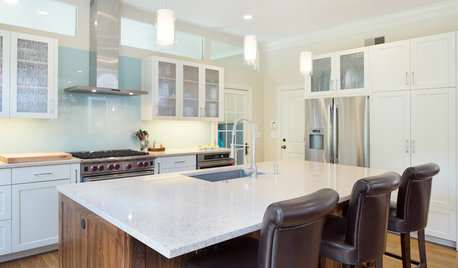
KITCHEN DESIGNModern Storage and Sunshine Scare Away the Monster in a Kansas Kitchen
New windows and all-white cabinetry lighten a kitchen that was once dominated by an oversize range hood and inefficient cabinets
Full Story
HOUZZ TOURSMy Houzz: Bright and Cheerful Updates to an 1890s Colonial Revival
Modern tweaks, including a kitchen overhaul, brighten a family’s home
Full Story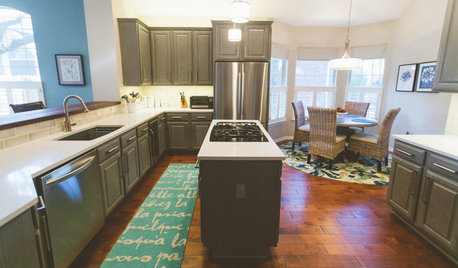
BEFORE AND AFTERSGray Cabinets Update a Texas Kitchen
Julie Shannon spent 3 years planning her kitchen update, choosing a gray palette and finding the materials for a transitional style
Full Story


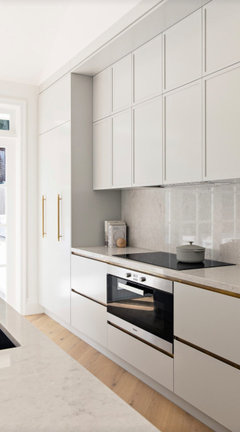
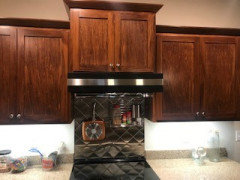

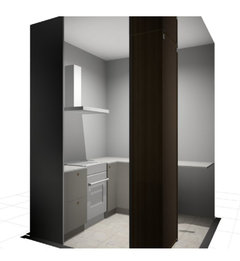
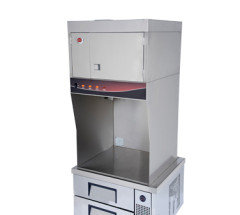
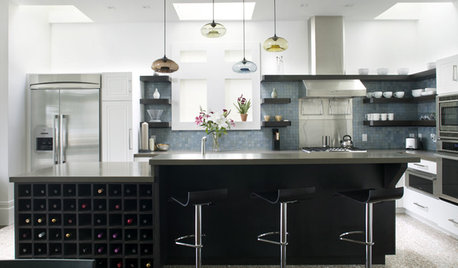
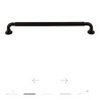
garyvp